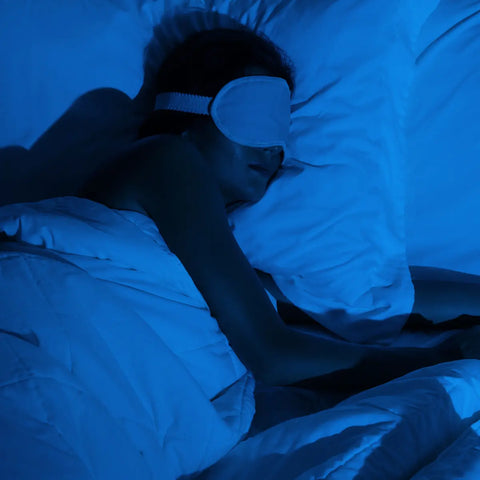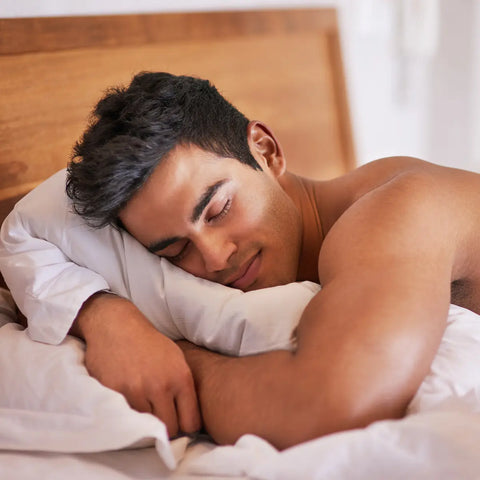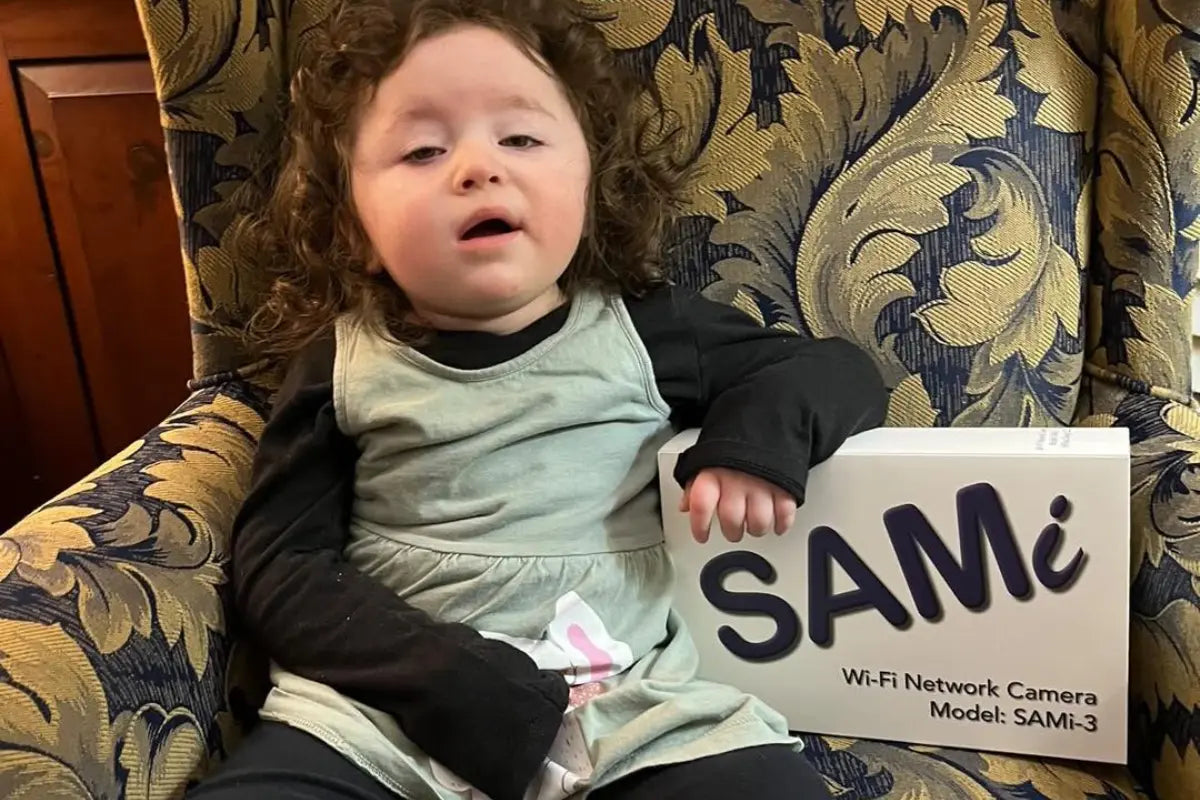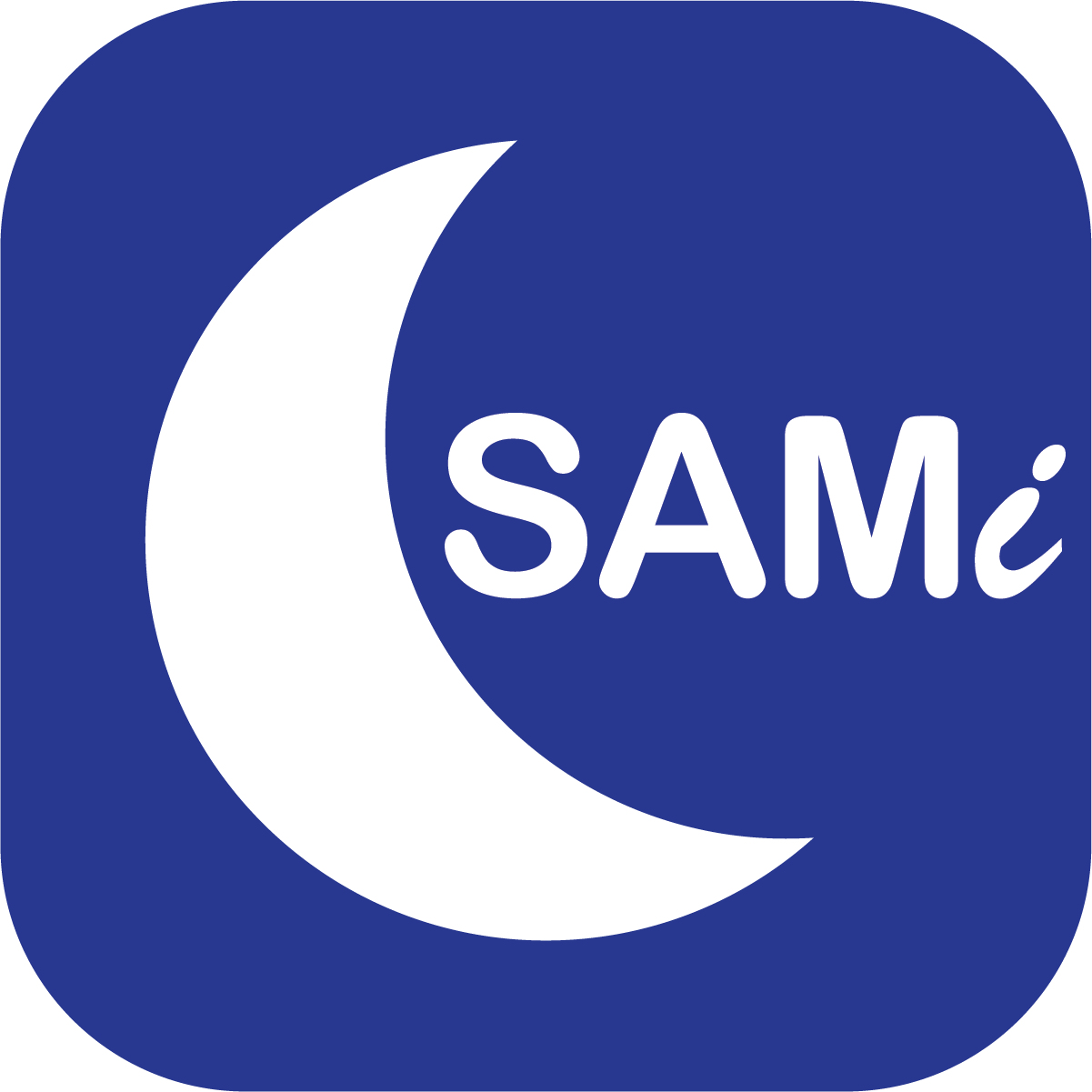In recent years, the significance of getting a good night's rest has been pushed to the forefront of health conversations. As our lives become increasingly busy and stress-laden, the collective yearning for rejuvenating sleep has grown. Science tells us that quality sleep is fundamental to physical health, emotional well-being, and cognitive performance. Recognizing this, technology has stepped in with solutions designed to improve sleep quality. These advancements not only aim to enhance the time we spend asleep but also to make the process of falling asleep easier and more efficient.
The Role of Wearable Devices in Sleep Monitoring
Types
Wearable technology has transformed how we track our health, and sleep monitoring is no exception. Various types of wearable monitor devices for sleep have entered the market, offering a range of features to suit different preferences. These include fitness trackers, smartwatches, and specialized sleep wristbands. Each device is designed with sensors, which are essential for analyzing sleep quality and patterns.
How Wearable Devices Track Sleep
Wearable devices utilize advanced technology to provide detailed insights into our sleep. They track sleep by monitoring movements (using accelerometers) and physiological signals like heart rate variability. This allows the devices to estimate the time spent in different sleep stages, including light, deep, and REM sleep. The collected data is then processed through algorithms to present an analysis of the user's sleep quality and duration, offering a comprehensive view of their sleep health over time.
Benefits of Using Wearable Devices for Sleep
Firstly, they offer a convenient and unobtrusive way to collect data about one's sleep patterns over time. This continuous monitoring can reveal trends and changes in sleep quality, helping individuals identify what may be affecting their sleep. Additionally, many wearable devices come with companion apps that provide insights and recommendations to help users adopt healthier sleep habits. This hands-on approach empowers users to make informed decisions about their sleep hygiene and overall well-being.
Advancements in Sleep Cameras and At-Home Monitoring
Introduction to Sleep Cameras
Sleep cameras represent a significant leap forward in monitoring sleep without physical contact. These advanced cameras use motion detection and sophisticated algorithms to analyze a person's movements and breathing patterns during sleep. Unlike wearable devices, sleep cameras operate remotely, reducing the discomfort of wearing a device to bed. They can be particularly useful for individuals who find wearables inconvenient or uncomfortable, offering a seamless solution for tracking sleep patterns from the comfort of one's bedroom.
Integrating Sleep Monitor at Home
These systems often include sleep cameras and other sensors that work together to monitor the sleeping environment, such as temperature and light levels, which can affect sleep quality. By providing a holistic view of one's sleep environment and habits, these systems offer actionable feedback to improve sleep hygiene tips, enhancing the overall quality of rest.
Accuracy and Privacy Concerns
While the convenience of sleep cameras and at-home monitoring systems is undeniable, users should be mindful of their accuracy and privacy implications. While these devices are becoming more sophisticated, there can still be discrepancies in data accuracy, especially in distinguishing between sleep stages. Privacy is another significant consideration, as these devices collect sensitive personal data. Ensuring that this data is securely stored and used in compliance with privacy laws is crucial for maintaining user trust.
Comparing Sleep Cameras with Traditional Methods
Traditional sleep studies, conducted in specialized clinics, often involve an overnight stay where participants are hooked up to numerous sensors, which can be both intrusive and uncomfortable. This has prompted the development of at-home monitoring technologies that aim to offer a more user-friendly alternative. The distinctions between these two approaches can be better understood through the following expanded comparisons:
-
Non-Invasiveness: Traditional sleep study methods are known for their invasiveness, requiring individuals to sleep in unfamiliar environments with various sensors attached to their bodies. This setup can significantly impact the natural sleep behavior of participants, making it difficult to capture accurate sleep data. In contrast, sleep cameras and other at-home monitoring devices offer a non-invasive solution that observes sleep without physical contact or discomfort. By allowing individuals to sleep in their natural home environment, these technologies enable a more genuine representation of sleep patterns, potentially leading to more accurate diagnoses and insights into sleep health.
-
Convenience: The convenience of at-home monitoring technologies cannot be overstated. Unlike traditional methods that necessitate an overnight stay in a clinic, at-home solutions like sleep cameras allow individuals to participate in sleep studies or monitor their sleep patterns from the comfort of their homes. This not only eliminates the inconvenience of traveling to a clinic but also makes it easier for people to integrate sleep monitoring into their regular routines. The ease associated with these technologies encourages more frequent use of these sleep-tracking devices, contributing to a broader understanding of individual sleep health over time.
-
Longitudinal Data Collection: Wearable and at-home technologies such as sleep cameras excel in their ability to collect data continuously over extended periods. This longitudinal approach offers a significant advantage over traditional sleep studies, which typically capture data from a single night's sleep in a clinic. By monitoring sleep patterns over weeks, months, or even years, individuals and healthcare providers can gain a comprehensive picture of sleep health, identify long-term trends, and make informed decisions regarding interventions and lifestyle adjustments.
-
Accessibility: The accessibility of sleep monitoring technologies has dramatically improved with the advent of at-home devices. Traditional sleep studies often come with high costs and logistical challenges, limiting their availability to a broader population. In contrast, at-home monitoring solutions are generally more affordable and easier to use, making them accessible to a wider audience. This increased accessibility not only democratizes sleep health monitoring but also paves the way for large-scale studies and data collection, contributing to the overall understanding of sleep and its impact on health.
-
Data Ownership: With the rise of personal sleep technologies, individuals now have direct access to their sleep data, empowering them to take an active role in managing their sleep health. This shift in data ownership marks a significant departure from traditional sleep studies, where data is collected and analyzed by clinical professionals, often without direct feedback to the participant. By having immediate access to their sleep data, individuals can make informed decisions about their lifestyle, identify potential sleep issues early on, and seek professional help when necessary.
The transition from traditional sleep study methods to modern at-home monitoring technologies like sleep cameras represents a monumental shift in how we understand and manage sleep health. This evolution not only makes sleep monitoring more accessible and less intrusive but also empowers individuals to take control of their sleep, leading to better health outcomes and a deeper understanding of the vital role sleep plays in our overall well-being.
Sleep Monitoring Applications
Features of Sleep Monitor Apps
The best sleep monitor apps are designed with a variety of features to cater to the needs of different users. These applications often use the sensors built into smartphones to track movement and sound during sleep, providing a detailed analysis of sleep cycles and quality. They may also include functionality for setting sleep goals, providing tailored advice for improving sleep hygiene, and offering relaxing soundscapes to help users fall asleep more easily. By consolidating sleep data in an easily accessible format, these apps play a crucial role in educating users about their sleep patterns and how to enhance them.
User Experience and App Accessibility
Developers strive to create interfaces that are intuitive and engaging, making it easy for users of all tech-savviness levels to navigate their features. Accessibility is also a priority, with many apps offering customizable options to accommodate different user preferences and needs. By ensuring that these tools are user-friendly and widely accessible, app developers are helping to democratize sleep improvement, making it possible for more people to benefit from technological advancements in sleep monitoring.
Techniques and Tips for Enhancing Sleep Quality
Implementing Tips for Improved Sleep Hygiene
By implementing specific lifestyle and environmental changes, individuals can foster conditions that are more conducive to restful sleep. These changes, ranging from adhering to a consistent sleep schedule to optimizing the bedroom environment, are grounded in both sleep science and practical technology applications. Here are detailed tips to help refine your sleep hygiene practices:
-
Maintain a Consistent Sleep Schedule: Keeping a consistent sleep schedule is pivotal in regulating your body's internal clock, or circadian rhythm. Going to bed and waking up at the same times each day, including weekends, can significantly improve the quality of your sleep. This consistency helps your body anticipate and prepare for sleep, making it easier to fall asleep and wake up naturally. Establishing a regular sleep pattern can also reduce instances of insomnia and sleep deprivation, leading to more restorative sleep and better daytime alertness.
-
Create a Bedtime Routine: Developing a bedtime routine is a powerful way to signal to your body that it's time to wind down and prepare for sleep. Engaging in calming activities such as reading, taking a warm bath, or practicing techniques to improve sleep patterns like meditation can help ease the transition from wakefulness to sleep. It's important to avoid stimulating activities before bed, such as watching TV or using electronic devices, as the blue light they emit can interfere with the production of melatonin, a hormone that regulates sleep.
-
Optimize Your Sleeping Environment: The conditions of your sleeping environment play a crucial role in how well you sleep. Ensuring your bedroom is cool, quiet, and dark can create an ideal setting for sleep. Tools like blackout curtains, white noise machines, and high-quality mattresses and pillows can significantly enhance your sleep experience. These adjustments help minimize sleep disturbances and create a comfortable, restful space conducive to deep sleep.
-
Monitor Intake of Caffeine and Alcohol: Being mindful of caffeine and alcohol consumption is important for maintaining healthy sleep patterns. Both substances can adversely affect sleep quality; caffeine can delay the timing of your body clock, and alcohol can disrupt the sleep cycle, leading to fragmented sleep. Avoiding these substances in the hours leading up to bedtime can help prevent sleep disturbances and ensure more restful sleep.
-
Exercise Regularly, But Not Before Bedtime: Regular physical activity is beneficial for sleep, as it can help you fall asleep faster and enjoy deeper sleep. However, it's crucial to avoid vigorous exercise close to bedtime, as it can energize the body and make it harder to fall asleep. Planning workouts earlier in the day or opting for gentle, relaxing exercises in the evening can support better sleep without negatively impacting your ability to wind down at night.
Implementing these tips for improved sleep hygiene can make a significant difference in sleep quality and overall health. By making thoughtful adjustments to daily routines and the sleep environment, and utilizing technology judiciously, individuals can create a conducive setting for restful sleep. This holistic approach to sleep hygiene not only improves the quality of sleep but also enhances daytime functioning and well-being.
Tailoring Sleep Improvement to Individual Needs
What works for one person may not work for another, highlighting the importance of personalized approaches. This customization can be achieved through the use of sleep technology, which provides detailed insights into personal sleep patterns and behaviors. By analyzing this data, individuals can identify specific areas for improvement and experiment with targeted changes. Whether it's adjusting bedtime routines, optimizing sleep environments, or addressing specific sleep disruptors, the key is to use personalized data to inform personalized solutions.
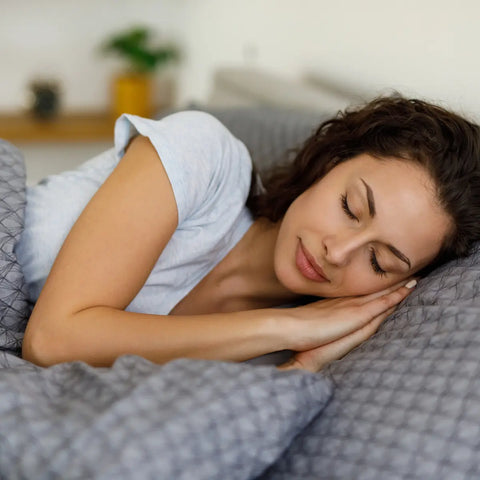
As we look forward, the evolution of sleep technologies presents a future filled with possibilities. The integration of AI, environmental control, and advanced wearables indicates a shift towards an ecosystem of sleep enhancement that is comprehensive, personalized, and proactive. The goal of these technologies is not just to understand sleep better but to actively improve it, offering hope for millions who struggle with sleep-related issues. As we continue to embrace these innovations, the dream of achieving optimal sleep health for all seems increasingly within reach, marking a new chapter in our relationship with technology and sleep.
